Why Birdwatching Is So Popular
Birdwatching — or birding — is one of the fastest-growing outdoor hobbies in North America. Whether you live in the city, suburbs, or rural countryside, birds are all around you. What makes birding so appealing is that it’s accessible, inexpensive, and surprisingly rewarding. With over 900 bird species recorded across the continent, each outing can bring something new, from colorful warblers to majestic eagles soaring overhead. Birdwatching also encourages mindfulness, ecological awareness, and a deeper connection to nature — making it the perfect hobby for both relaxation and adventure.
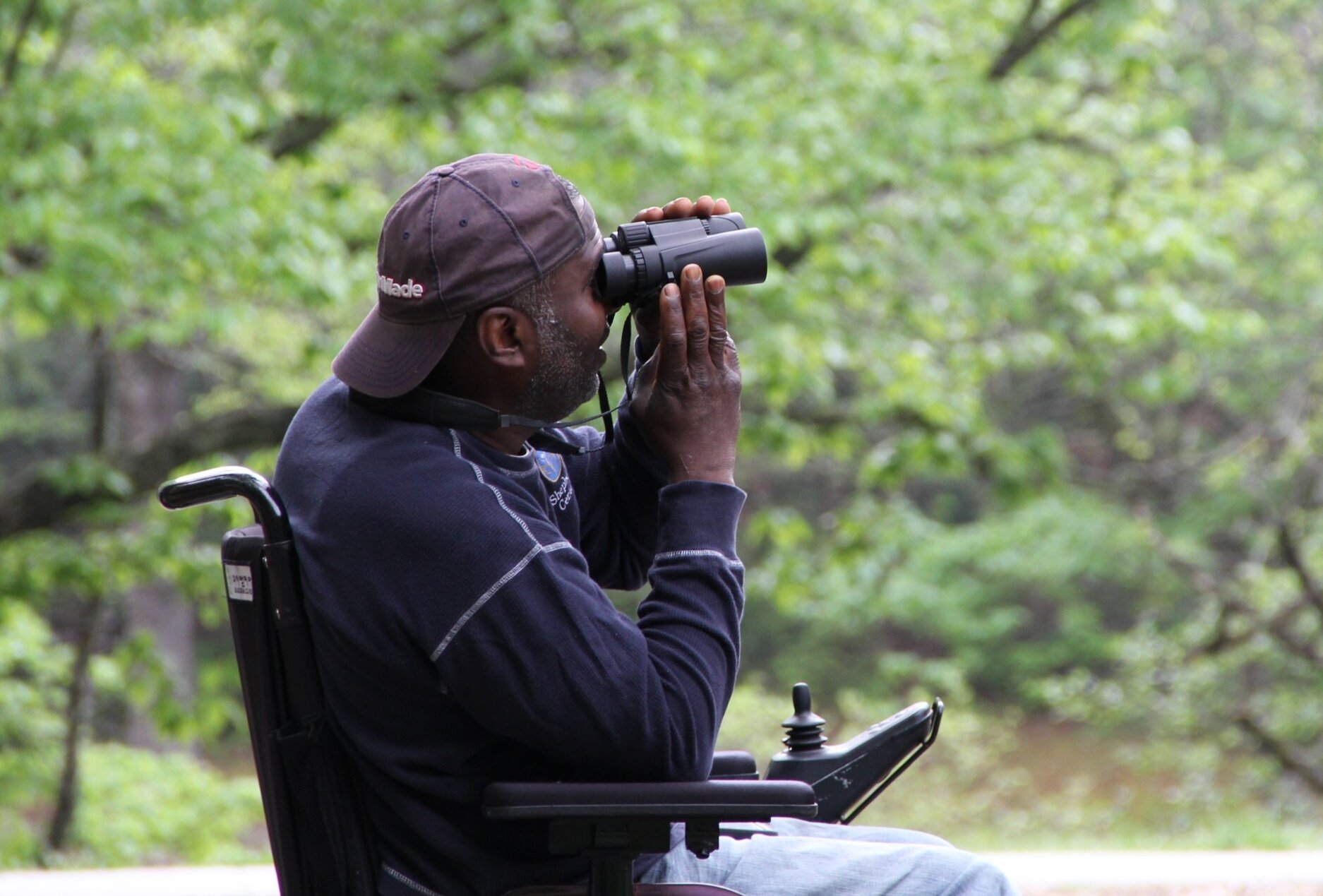
Essential Gear for Beginner Birders
To get started with birdwatching, you don't need much. A good pair of binoculars makes all the difference — 8x42 is the most recommended size for beginners. A field guide (digital or physical) helps identify what you see. You might also want a small notebook to record sightings, a hat for sun protection, and comfortable walking shoes. More experienced birders often carry scopes, cameras, and field checklists, but it’s better to start simple and grow into it. The goal is to be present and observant — gear just makes it easier.

Top Birds to Spot in North America
As a beginner, it helps to get familiar with the most common species. In North America, these include the Northern Cardinal, American Robin, Mourning Dove, Red-winged Blackbird, and Downy Woodpecker. During spring migration, you’ll see warblers, orioles, and hummingbirds. Raptors like Red-tailed Hawks and Bald Eagles are often spotted soaring over open areas. Waterfowl like Mallards and Canada Geese frequent lakes and wetlands. Learning to recognize these species by sight and sound builds confidence and makes birding more fun.
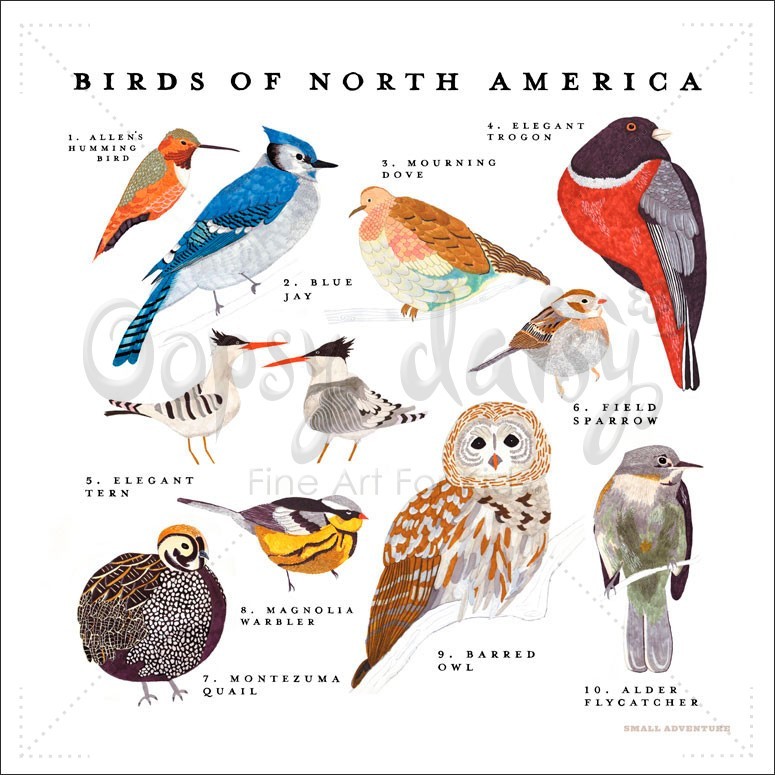
Where to Go Birdwatching in the U.S. and Canada
Birds are everywhere, but some places are especially rich in diversity. Popular birding hotspots include Cape May (New Jersey), Point Pelee (Ontario), the Rio Grande Valley (Texas), and the Pacific Flyway through California and Oregon. National wildlife refuges and state parks are also excellent birding destinations. Even your own backyard or local park can yield surprises — especially during migration season. Start local, and then explore farther as your skills grow.
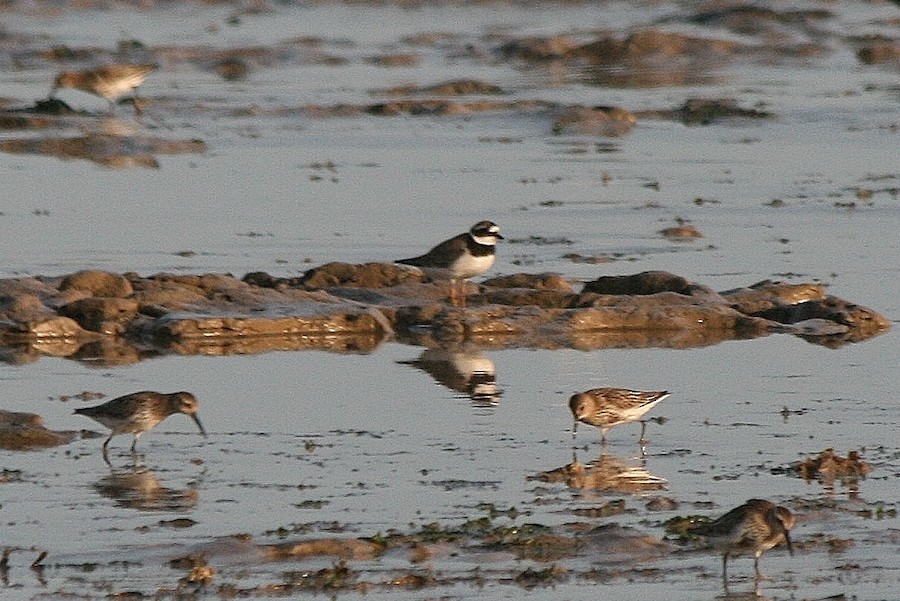
Tips for Identifying Birds Effectively
Learning to identify birds takes patience. Start with size, shape, and color. Then look at behavior (e.g. perching, hopping, gliding), location, and habitat. Listening is just as important — many birds are heard before they are seen. Pay attention to calls and songs, which are often species-specific. Use your field guide to confirm what you've observed. Over time, you’ll build a mental catalog that helps you recognize species more quickly and confidently.
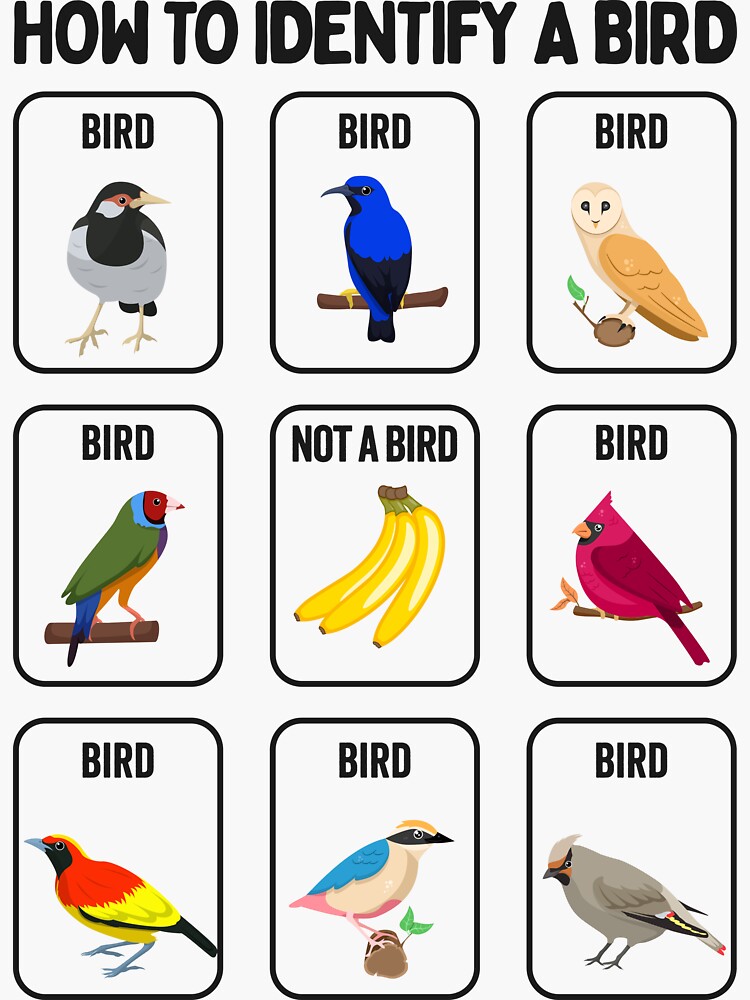
Apps and Tools That Help You Learn
Modern birding is easier than ever thanks to mobile apps. Apps like Merlin Bird ID (by Cornell Lab), eBird, and Audubon’s bird guide help you identify, track, and learn about birds. Merlin even lets you identify birds by sound or photo. eBird helps you contribute to a global birding database, while also showing you nearby hotspots and species checklists. These tools add an educational and social layer to your outings and are perfect for beginners learning on the go. You can also use my webapplication for free.
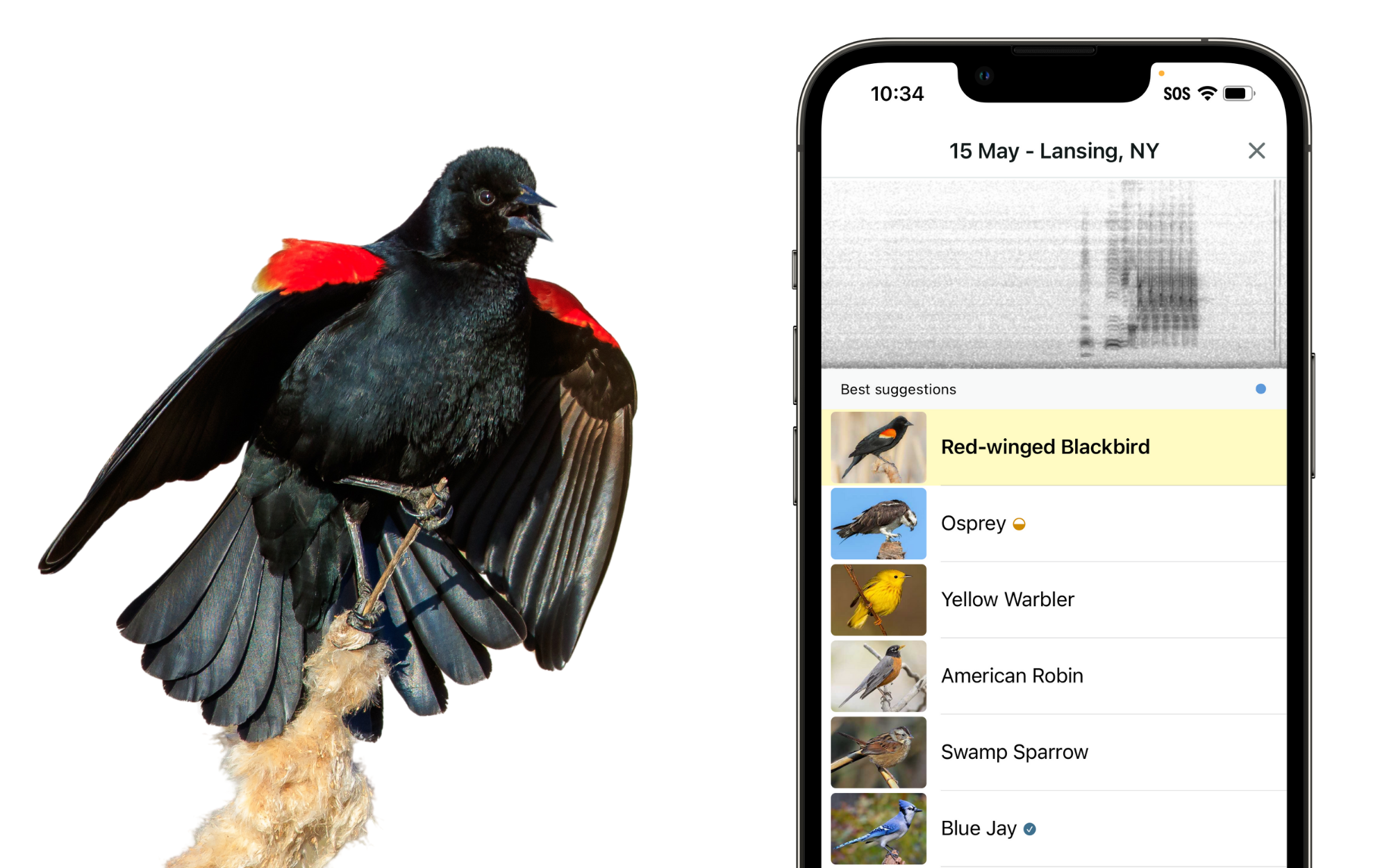
Joining a Birding Community
Birding is better when shared. Local Audubon chapters, Facebook groups, and apps like eBird connect you with others who share your interest. Many communities offer guided walks and birding events where you can learn from experienced birders. Sharing sightings, tips, and bird photos makes the experience more engaging. It also strengthens your skills and builds lasting friendships through a shared love of nature.
